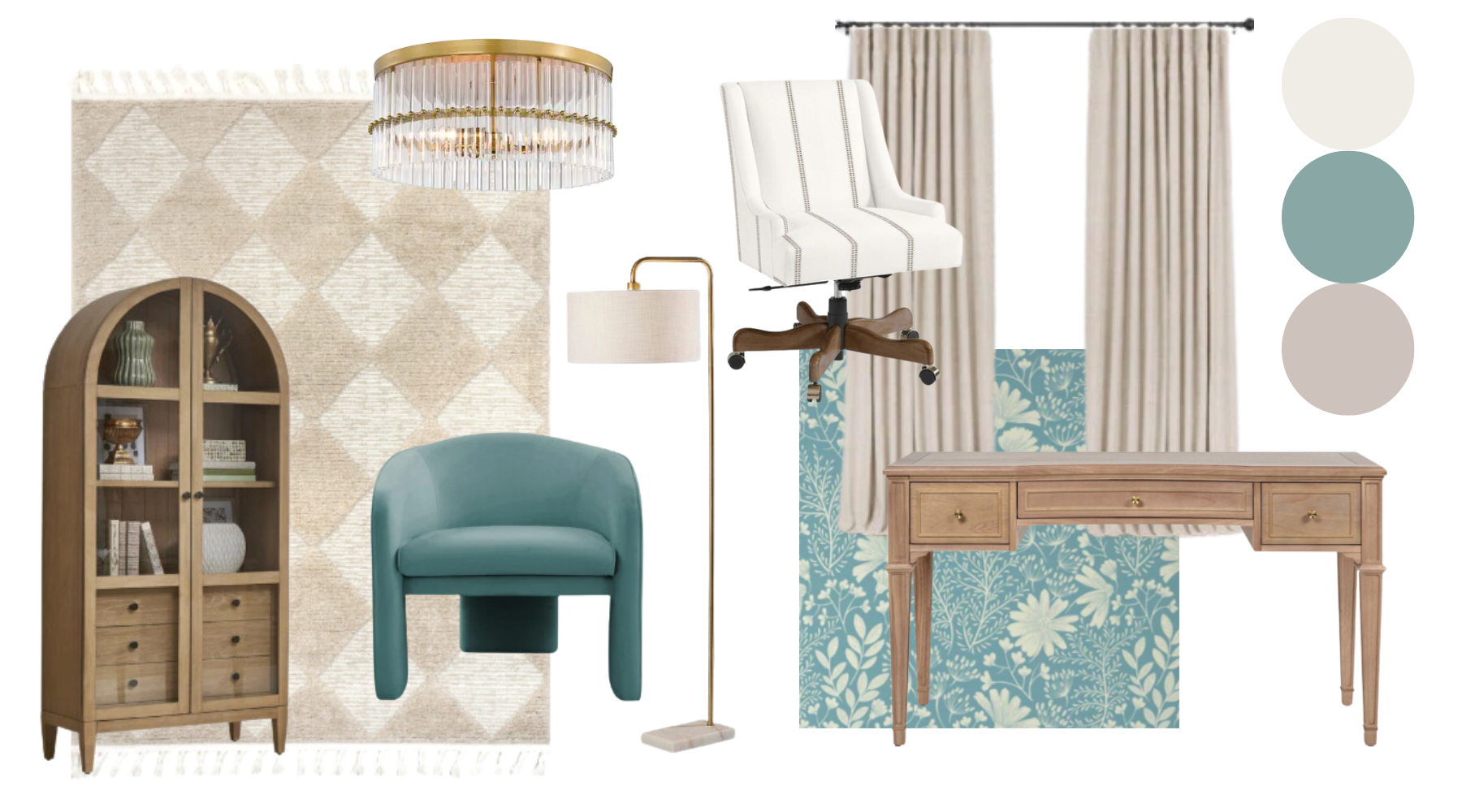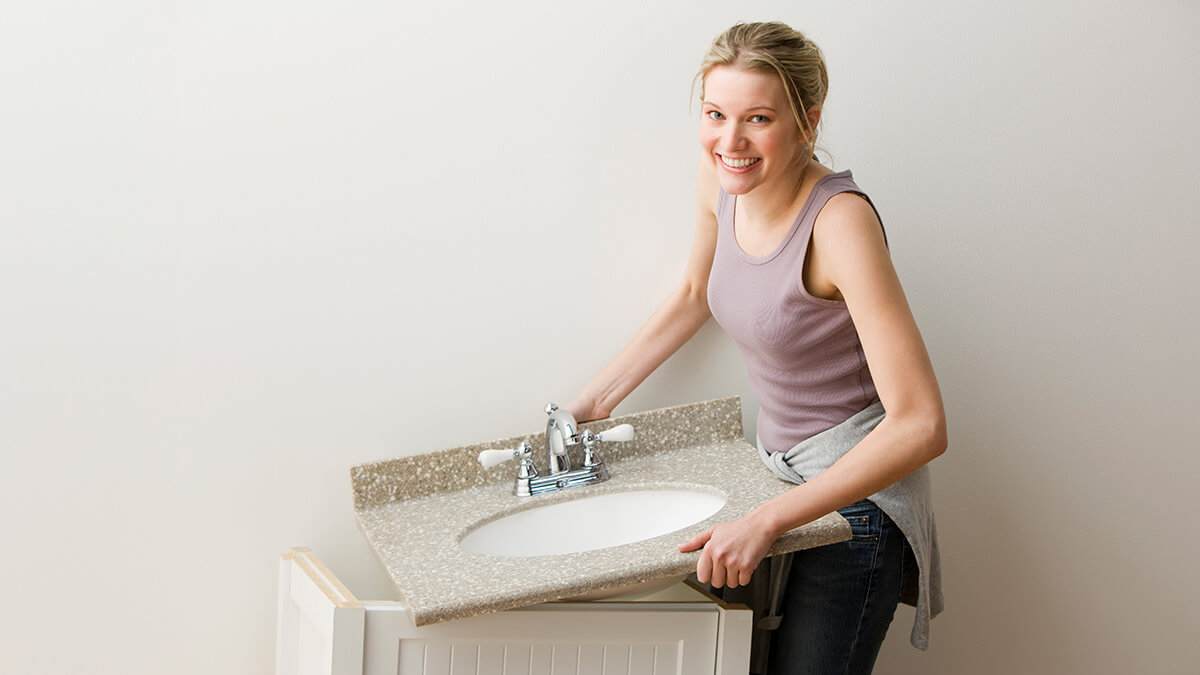Hello, I am Kristy Letterly from Designing Parkside. I’m always working on DIY projects at home, and as you can imagine, the junk and debris can really start to add up. But that’s no longer an issue now that I’ve found the perfect partner to help me stay clutter-free. That’s why I’m putting together this guide to help you tackle your DIY renovations without worrying about the mess!
Designing a room can be an exciting process, but it’s essential to start with the right approach. Before diving into decor and furniture, focus on decluttering and maximizing the space. Here’s a step-by-step guide to help you transform any room:
Step 1: Assess the Space and Define Your Vision
First, determine the room’s purpose. Is it for relaxation, work, or entertainment? Once you’ve defined how the room will be used, start collecting inspiration for the style you want. Consider your personal tastes and practical needs to guide your decisions.
Step 2: Declutter and Make Room
Decluttering is the key to any successful room makeover. Start by calling 1-800-GOT-JUNK? to remove unused or outdated items. Focus on clearing surfaces and unnecessary furniture to open up the space and see what you really have to work with. Just point, and the 1-800-GOT-JUNK? team will make it all disappear!
Step 3: Plan the Layout
Once the space is cleared, evaluate the layout. Measure the room and decide on the best placement for furniture to optimize flow and function. Larger rooms may benefit from defined zones, such as a seating area or reading nook. Identify a focal point, like a fireplace or artwork, and arrange the room around it.
Step 4: Choose a Color Scheme
Choose a color palette that reflects the mood you want to create. Start with your base color, then layer in one or two accent colors for contrast. Consider how natural light impacts the space—lighter colors can make a room feel bigger, while darker shades add coziness.
Step 5: Select Furniture and Decor
Now that the room is decluttered and your layout is set, it’s time to choose furniture and decor. Pick pieces that fit the scale of the room—oversized furniture can overwhelm small spaces. Add texture through fabrics, wood, and metal to bring depth to the room. Incorporate personal touches like plants, artwork, and meaningful objects to make the space feel more like home. Creating a mood board can help you envision how all of the different elements will look together.

Conclusion: Less is More
Designing a room starts with clearing out the clutter and simplifying the space. By creating a clean slate with the help from 1-800-GOT-JUNK?, it’s so much easier to make the space work for you and start making design choices that match your style!






